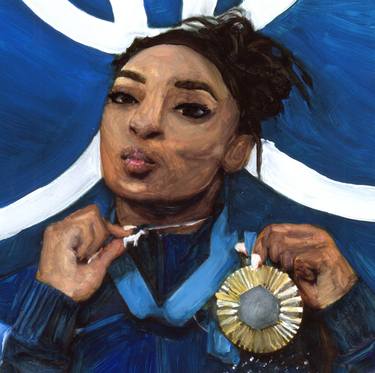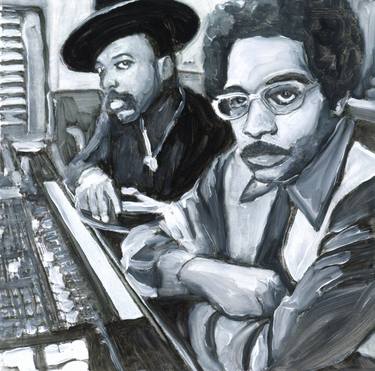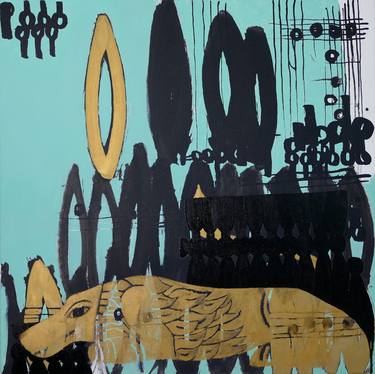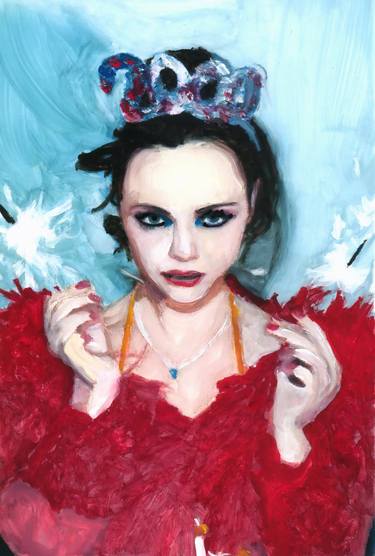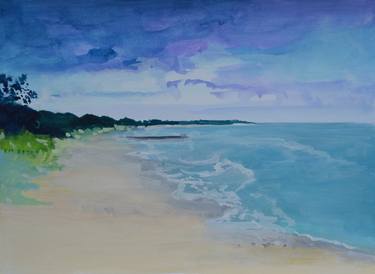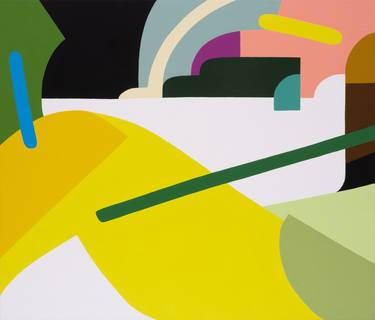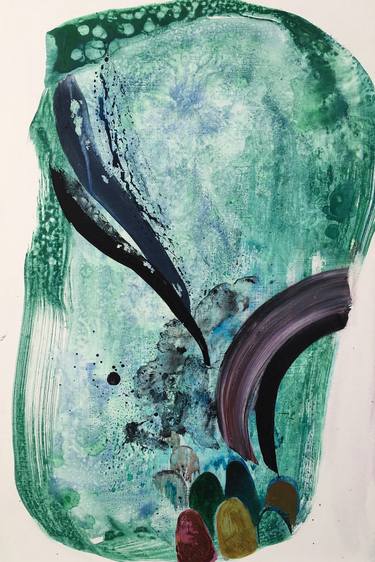- All Artworks
- Paintings
- Gouache
Gouache Paintings For Sale
Browse art and see similar matches
Try Visual Search
Category
Filter (1)
Filter
Category
Style
Subject
Medium
Material
Price
Size
Orientation
Color
Artist Country
Featured Artist
Paintings, 30 W x 21 H x 0.1 D in
United Kingdom
$1,100
Prints from $40
Paintings, 81.5 W x 55.1 H x 0.1 D in
France
$3,620
Paintings, 24 W x 30 H x 0.1 D in
United States
$2,670
Paintings, 19.7 W x 25.6 H x 0.1 D in
France
$680
Joshua Tree snow, seen through rose tinted glasses
Paintings, 16 W x 20 H x 1 D in
United States
$1,480
Prints from $40
SERENDIPITY / NUDE 102 CM X 72 CM LARGE MODERN ART
Paintings, 28.3 W x 40.2 H x 0.1 D in
Ireland
$1,270
Tim Armstrong & Lars Frederiksen
Paintings, 5 W x 5 H x 0.8 D in
United States
$250
Prints from $40
Paintings, 5 W x 5 H x 0.8 D in
United States
$250
Paintings, 39.4 W x 27.6 H x 2 D in
Netherlands
$2,730
Paintings, 4 W x 6 H x 0.8 D in
United States
$250
Paintings, 5 W x 5 H x 0.8 D in
United States
$250
Prints from $40
Paintings, 7.9 W x 9.8 H x 0.1 D in
France
$570
Paintings, 4 W x 6 H x 0.8 D in
United States
$250
Paintings, 20 W x 16 H x 1 D in
United States
$1,480
Prints from $40
Nine hundred Splash Dot Painting
Paintings, 31.5 W x 31.5 H x 0.4 D in
United Kingdom
$2,460
Paintings, 13.8 W x 9.8 H x 0.1 D in
Netherlands
$440
Prints from $95
Paintings, 4 W x 6 H x 0.8 D in
United States
$250
superheroes on Christmas morning
Paintings, 11 W x 14 H x 1 D in
United States
$990
Prints from $40
Paintings, 27.6 W x 27.6 H x 1.2 D in
Switzerland
$2,030
Prints from $54
Paintings, 22 W x 30 H x 0.1 D in
United States
$270
Prints from $54
Paintings, 16 W x 20 H x 1 D in
United States
$1,380
Prints from $40
Paintings, 6 W x 4 H x 0.8 D in
United States
$250
Paintings, 30 W x 22.5 H x 0.1 D in
United States
$3,910
Prints from $100
lost suburban nights, drivers license
Paintings, 16 W x 20 H x 1 D in
United States
$1,380
Prints from $40
Paintings, 4 W x 6 H x 0.8 D in
United States
$250
Prints from $40
Paintings, 14 W x 11 H x 0.1 D in
United States
$510
Paintings, 11 W x 14 H x 0.1 D in
United States
$510
Prints from $100
Paintings, 5 W x 5 H x 0.8 D in
United States
$250
Prints from $40
Paintings, 11.5 W x 16.5 H x 0.1 D in
Australia
$450
Prints from $43
Paintings, 11 W x 16.4 H x 0.1 D in
France
$280
Paintings, 31.5 W x 47.2 H x 1.6 D in
France
$4,330
Paintings, 11 W x 8.3 H x 0.1 D in
Poland
$480
Prints from $75
Paintings, 4 W x 6 H x 0.8 D in
United States
$250
Paintings, 5 W x 5 H x 0.8 D in
United States
$250
Paintings, 4 W x 6 H x 0.8 D in
United States
$250
Paintings, 6 W x 4 H x 0.8 D in
United States
$250
Paintings, 28 W x 80.3 H x 0.4 D in
Canada
$5,670
Paintings, 68.5 W x 51.6 H x 1.6 D in
Canada
$5,290
Paintings, 16 W x 20 H x 1 D in
United States
$1,480
Prints from $40
Paintings, 29 W x 39 H x 0.1 D in
United Kingdom
$780
Paintings, 6 W x 4 H x 0.8 D in
United States
$250
Paintings, 11 W x 8.3 H x 0.1 D in
Poland
$480
Paintings, 55.1 W x 39.4 H x 1.6 D in
France
$5,570
Prints from $100
Paintings, 20.9 W x 17.9 H x 0.8 D in
Japan
$1,370
Prints from $50
Paintings, 11.6 W x 15.1 H x 0.1 D in
France
$280
Paintings, 6 W x 4 H x 0.8 D in
United States
$250
Paintings, 12.8 W x 19.7 H x 0.1 D in
United Kingdom
$1,030
Prints from $45



